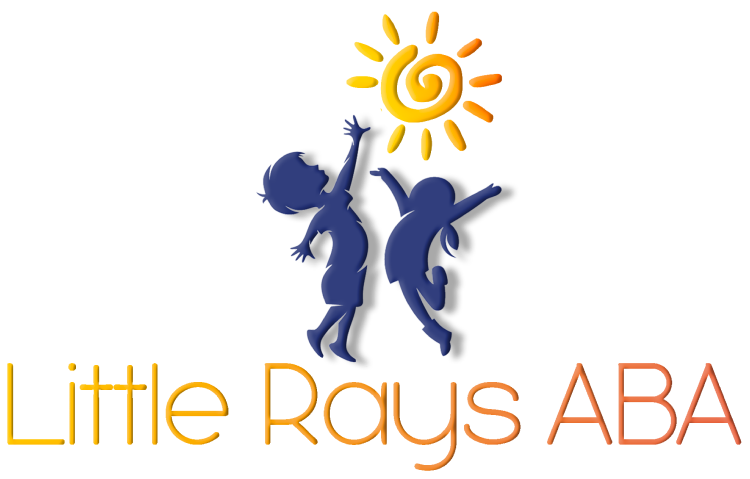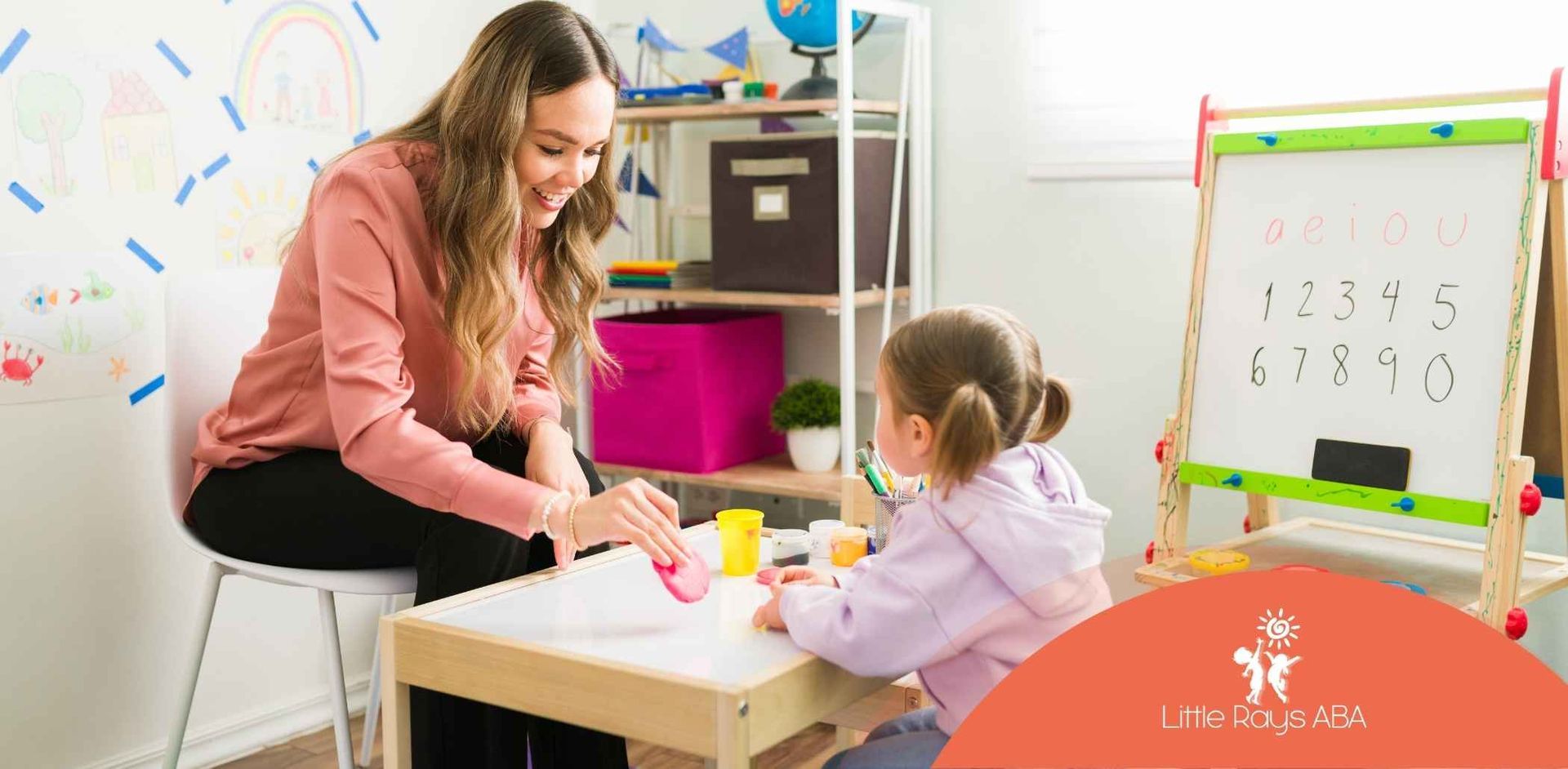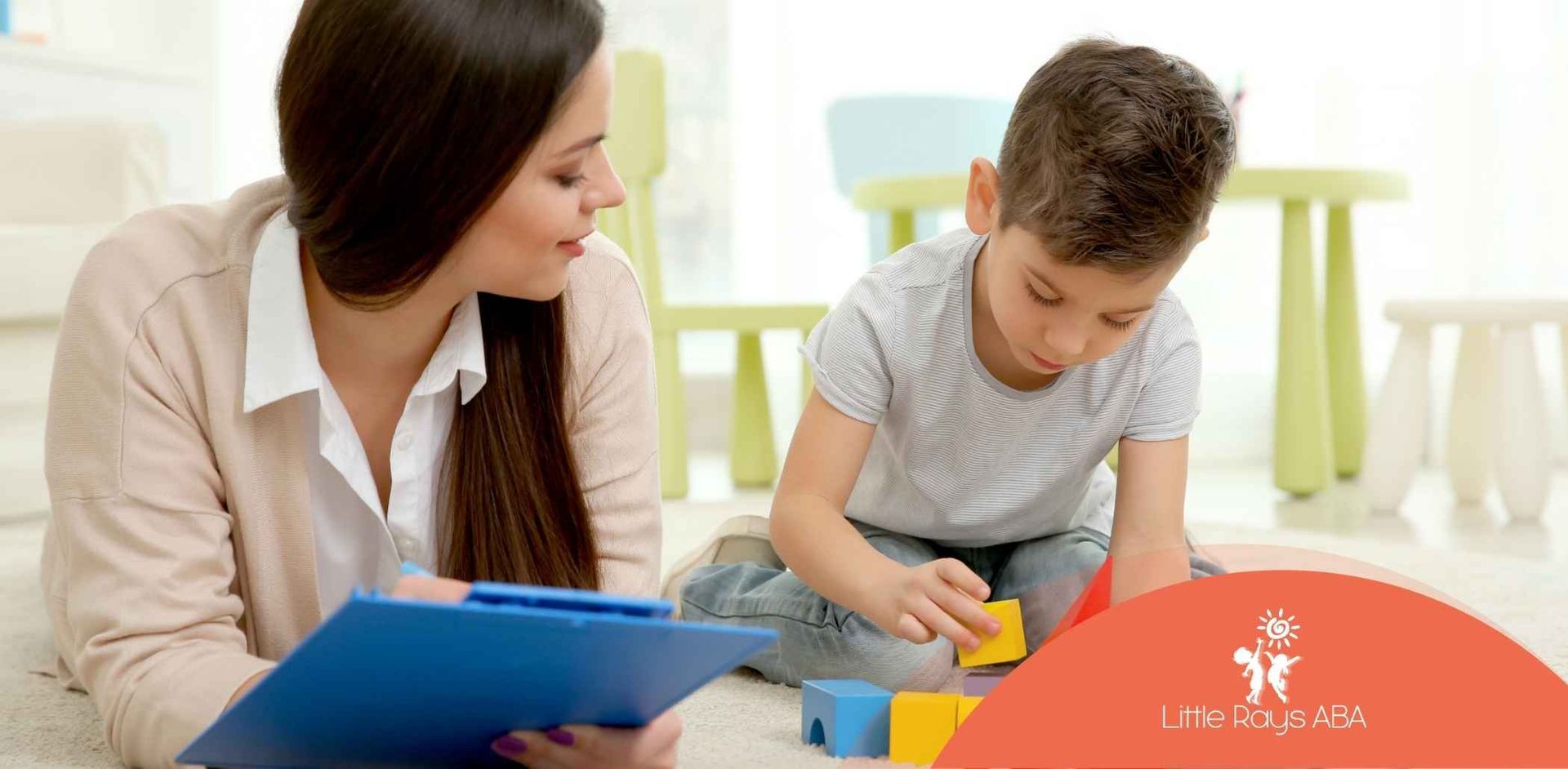
Understanding the 3 Basic Principles of ABA Therapy for Autism Support
Applied Behavior Analysis (ABA) is a widely used, evidence-based approach to helping individuals—especially children with autism—develop meaningful skills and reduce challenging behaviors. ABA is built on three core principles that guide how behavior is understood and changed.
- Antecedent – This is what happens before a behavior occurs. It can be a command, event, or trigger that leads to a particular response.
- Behavior – This is the actual action or response the individual exhibits. It can be positive (like making eye contact) or challenging (like tantrums).
- Consequence – This refers to what happens after the behavior. Consequences can encourage the behavior to continue or reduce the chances of it happening again.
By analyzing and adjusting these three components, ABA therapists can help children learn communication, social, and daily living skills in a structured and positive way.
At Little Rays ABA, we use these foundational principles to create customized therapy plans that promote growth and independence for every child.
Frequently Asked Questions
What is the Antecedent in ABA?
It’s what happens before a behavior, such as a request or situation.
What does Behavior mean in ABA?
It’s the specific action or response the person displays.
What is a Consequence in ABA?
It’s what happens after the behavior, influencing future actions.
Related Posts





